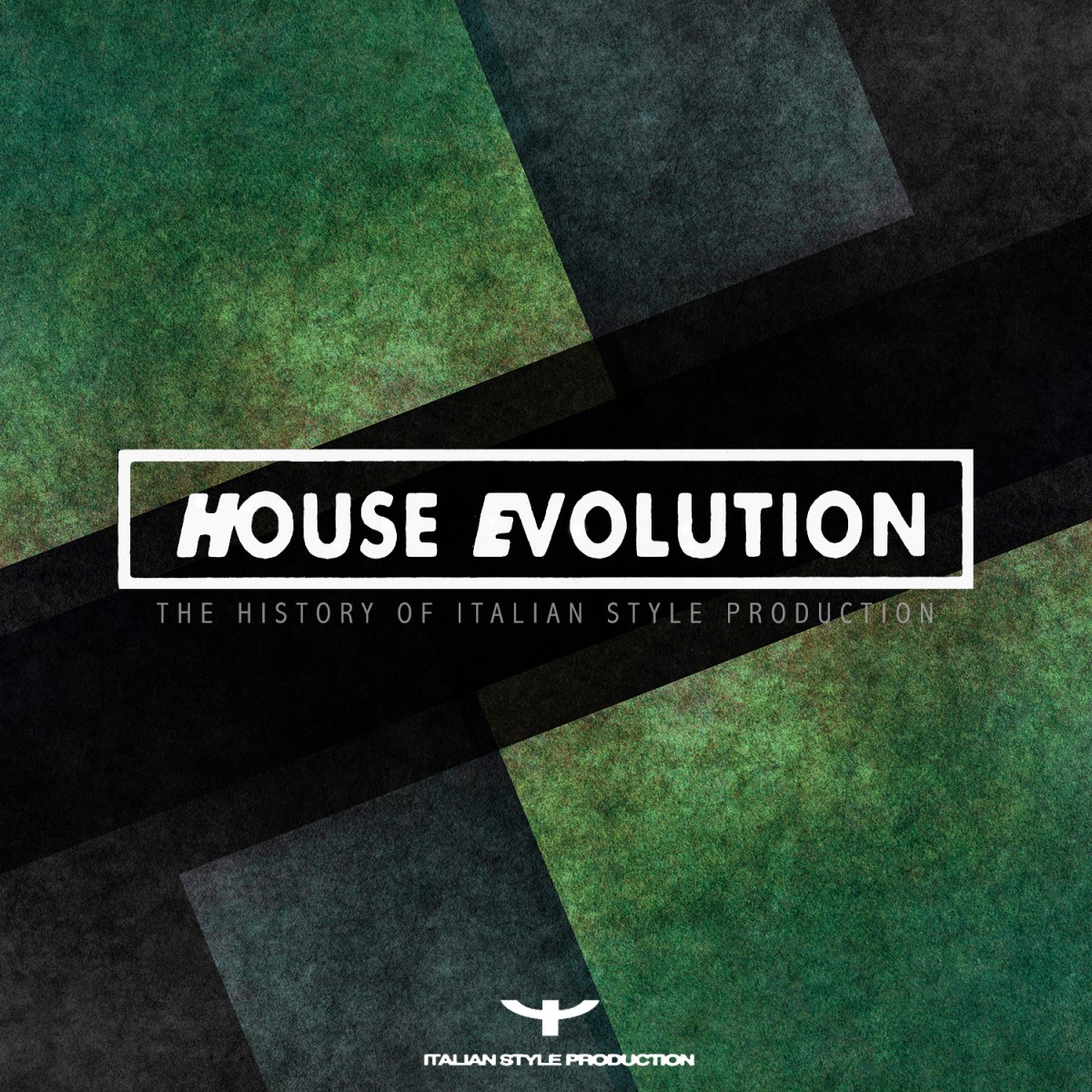

_(cropped).jpg)
“And that created a palette of music that inspired hip-hop producers generations later that were trying to find the coolest samples.

“Unapologetically Black music came into the forefront for cinema in the late ’50s through the early ’70s European composers, Italian composers took this sound and synthesized it with their classical teachings,” Younge said. And then, of course, there were blaxploitation film soundtracks like “Shaft” and “Superfly.” The classic rock of the era was influenced by innovators including Robert Johnson, Howlin’ Wolf and Chuck Berry boundaries were being pushed by Miles Davis, Thelonious Monk and Charles Mingus and funk and R&B were bubbling on labels like Stax and Motown. Within that fraught atmosphere, Italy’s composers were also keeping an ear on music made by Black Americans. But as collectors started unearthing the recordings of Umiliani, Brugnolini and Alessandro Alessandroni, the well of talent from Italy started to seem a lot deeper. By dropping these decades-old nuggets into the Venn diagram of hip-hop producers, record collectors and fans of the short-lived lounge revival, it created a ripple.Įnnio Morricone, the composer best known for his dramatic scores to the so-called “spaghetti westerns” like “The Good, the Bad and the Ugly,” loomed largest in that era of Italian music. But in the late 1990s, labels like Easy Tempo started reissuing soundtracks and compilations of the Italian works. “So if they needed something dramatic, they could just do the craziest and wouldn’t have to deal with somebody saying, ‘It’s not pop enough.’”īecause it had no commercial life, the output of many talented composers lay hidden for years. “They had a lot more latitude because they weren’t making this music for a particular audience,” he added. “It was like classically trained musicians asked to make modern Black music, but for Europe, so you would have these crazy orchestrations, but it’ll still be funky,” Younge said. The producer and composer Adrian Younge’s recent album “The American Negro” incorporates similar orchestral flourishes over crisp backbeats. “You listen to a lot of this stuff and you laugh because you’re like, this was recorded on extremely expensive gear, and there’s no way whatsoever they thought that this theme would work in any movie,” said Mike Wallace, a collector in San Diego who produced a compilation of the Italian composer Piero Umiliani’s work in 2017. They were only given to internal circles of music supervisors, journalists and people who worked in television.” “They had pressed 200, 300, 500, 1,000 copies, but they were not destined for shops or distributors. “There was no interest in this stuff when I started,” Fabrizi said recently on a Zoom call from Rome, where he has run the reissue label Sonor Music Editions since 2013. But Fabrizi found something he’d never seen before: “library” music - obscure vinyl records containing songs written directly for radio, television or ad placement, in this case the lush, string-laden, funk- and jazz-informed arrangements of classically trained Italian composers. This collection, which had previously belonged to Radio Vaticana (the station owned by the Vatican), was unwanted by pretty much everyone in Italy at the time. They were welcome to take as many they wanted, the owner said he was brewing beer in the space and had no use for them.įabrizi was just starting his career as an aficionado of rare records. The custodian of the building, who said he had bought it for around $100, let them inside to look at its contents: 10,000 vinyl LPs, by Fabrizi’s estimate.

One day in the summer of 2011, Lorenzo Fabrizi rode with a friend to an abandoned warehouse far outside of Rome.


 0 kommentar(er)
0 kommentar(er)
